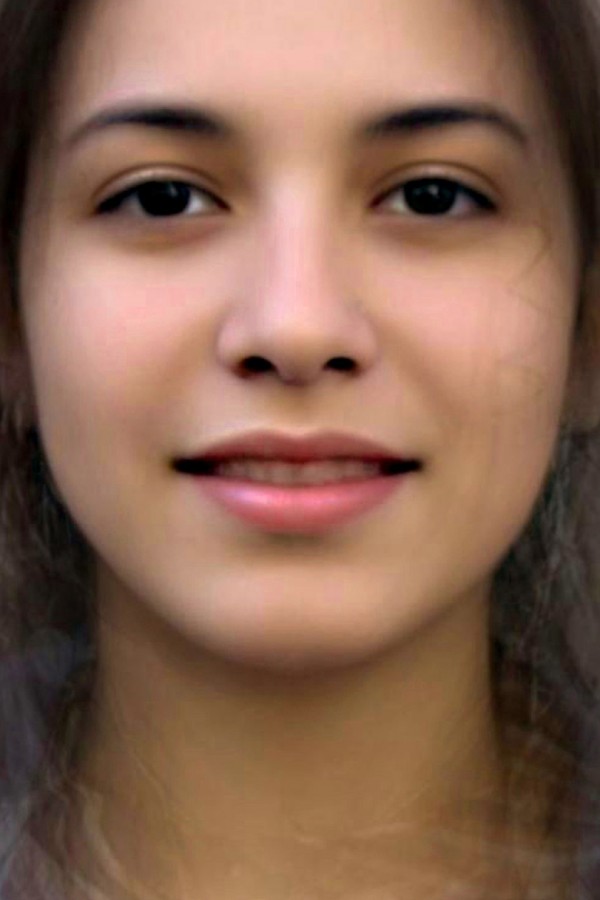What emotions is this person feeling?

Face of Tomorrow,
2004
-
Bright emotions
-
Not at all Extremely
-
-
Quiet emotions
-
Not at all Extremely
-
-
Heavy emotions
-
Not at all Extremely
-
-
Sombre emotions
-
Not at all Extremely
-
Compare yourself to others
Choose different variables below, and see the patterns of response reflected in the circle of emotion above. Your responses are the coloured wedges. Others' responses are averaged in the spider graph of lines and dots.

Date: 2004
Creator of the image: Mike Mike Date of the image creation: 2004 Medium of the image: Photograph Person depicted: A composite of 100 women in Sao Paulo While sitting on a train in London, the South African photographer Mike Mike was impressed with the sheer diversity of his fellow passengers. This gave him an idea that would occupy him for a number of years, the 'Face of Tomorrow' project. Mike would travel to a city and then take photographs of the first 100 people he could persuade to pose for him. Drawing from this sample, he would use a computer program to merge these faces together, aligning their features and wrapping them into an average shape. Mike travelled to many different countries and created a series of ‘average’ portraits: ‘The process of merging the faces and coming up with someone new is really exciting’, he said, ‘Archetypal creative stuff. You end up with a new person. Someone who didn’t exist before. Someone who doesn’t exist now. But someone who is nonetheless quite real’. The 'Face of Tomorrow' project clearly does not represent the average woman. It certainly does not gather the full range of emotions. Through its technical complexity, the effect of this portrait may be to consolidate the conventional association of female beauty with positive emotions, especially for women in the public gaze. There is a fairly long historical president for creating composite photographs of faces. For instance, Francis Galton (1822–1911), a Victorian polymath who infamously coined the concept of ‘eugenics’, began something similar in the 1870s. After a conversation with imperial apologist Herbert Spencer, Galton began to take photographs and overlay them to create composite portraits. He wanted to visualize whether there was something inherent in the faces of criminals or Jews. Curiously, when Galton showed his results to his colleagues, they all agreed that the composites were more attractive than the individuals who make it up. Galton published his initial findings in Journal of the Anthropological Institute of Great Britain and Ireland, 1878. This phenomenon of soft-focus attractiveness can be seen in Mike Mike’s city portraits. The composite depicted here is the result of the first 100 women that Mike met in Avenida Paulista, Sao Paulo, on the 1 July 2004. The image is hazy from the merging, with shadowy, pixelated hairs across ‘her’ forehead and fragments of different clothing around ‘her’ neck. However, rather than considering it as a measure of ‘average attractiveness’, it is curious to consider what this composite portrait suggests about the average facial expression of the specific women photographed on that day in Avenida Paulista.